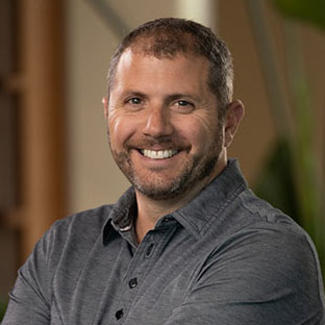My family and I just came off mid-winter break. We used the time to visit colleges as my sons are in their junior and sophomore years of high school, and my daughter is not far behind in the eighth grade. As we begin this journey of college tours, researching majors and planning for what’s next, it resonated when I heard about the declining enrollment in colleges.
NPR just put out a stat that “more than one million fewer students are in college” than before the pandemic began. On the one hand, that’s incredibly alarming, especially when I view this trend as a dad. Is a whole generation of students rethinking the value of college, as an NPR source so aptly asks? How will this trend impact their future? Are students putting short term gains ahead of the long term? Or has the education landscape truly shifted that much in the last two to five years? Either way, how are we thinking, evaluating and taking action to support the current and future work needs of students?
Changing Education Landscape and Manufacturing
On the other hand, when I put my work hat on, the lens shifts. What could this trend do for the skilled labor market and the glass industry? Are we adjusting our outreach and method of communication to tap into these potential hires as the skilled labor gap widens? With more than 2.1 million manufacturing jobs expected to go unfilled over the next decade, filling this void is key to the industry’s viability. How are we thinking, evaluating and taking action? Are we working to change perceptions and show them how essential this industry is and how they are actually creating the building solutions of tomorrow?
While you may have picked up on me drilling in the concept of thinking, evaluating and taking action by now, it’s become really important throughout the college selection process and current season of preparing our children for real life. What lessons have my wife and I taught, what have our kids picked up and where are the gaps in their development? And as I think about the current state of the industry, it also strikes me as being one of the most important disciplines for the year ahead. Whether we’re stuck in the rat race of work life or simply adapting at the speed of light to what’s being thrown our way next, are we really stopping to think about what makes sense for the here and now? If we need to pivot and change course, are we?
Navigating New Variables and Taking Action
Consider some of the more volatile market conditions that regularly make the news and impact our industry. There are variables as basic as the return to work/back at home/return to work cycle while others are more complex, like supply chain disruptions and their impact on the sales cycle. After two years of adjustments, each of us has our own set of takeaways that we can implement and fine tune. We may not have control over all facets, but are we continuing to think about these variables and take action? Are we willing to learn and relearn what works best…again? How we are thinking, evaluating and taking action?
And then, of course, there are the details to consider. As the adage so aptly goes, “Details create the big picture.” So, in looking at the effects of the last two years, how is the landscape impacting what architects are specifying and what glaziers are installing? Is it the same or has it changed—for the short term or the long term? Are design concessions being made due to material availability, long lead times and supply issues? In turn, are we finding alternatives and new solutions?
The college exploration and hunt will continue at our house for the next four years or so. I’m sure a lot will change before then (as will all the variables mentioned above). Keep on keeping on.


